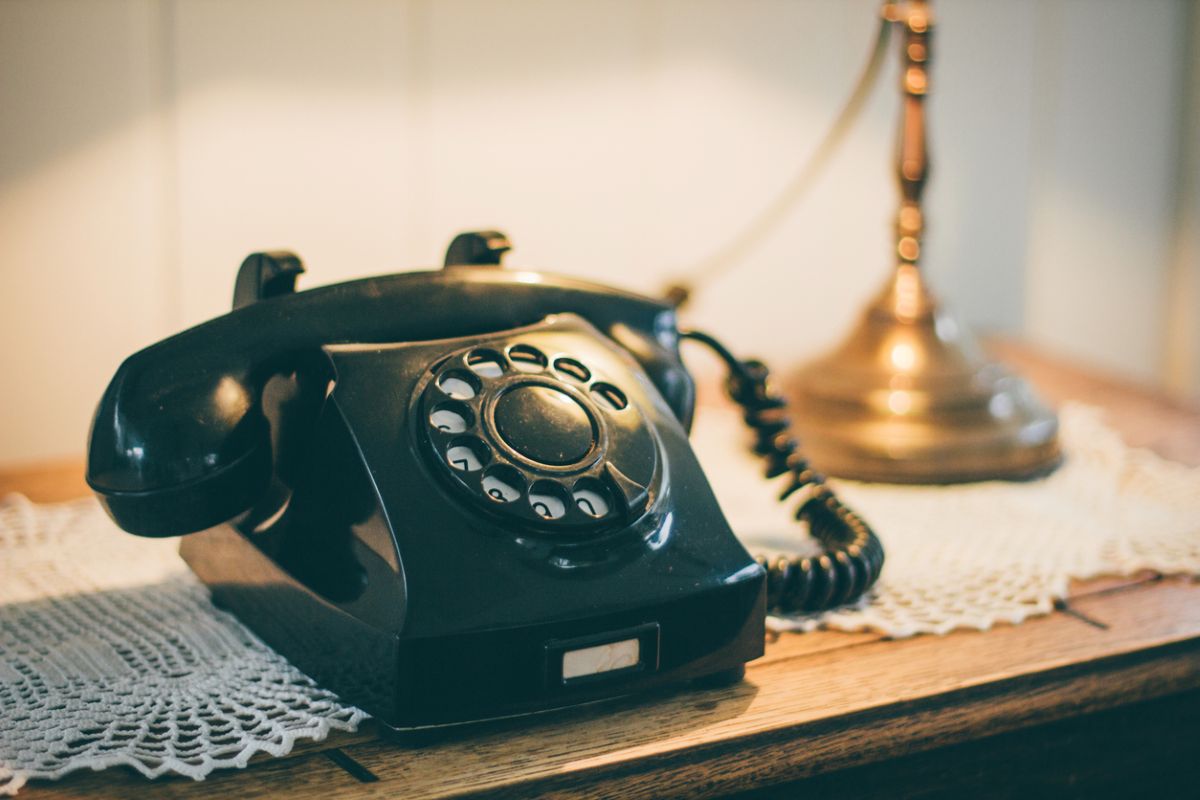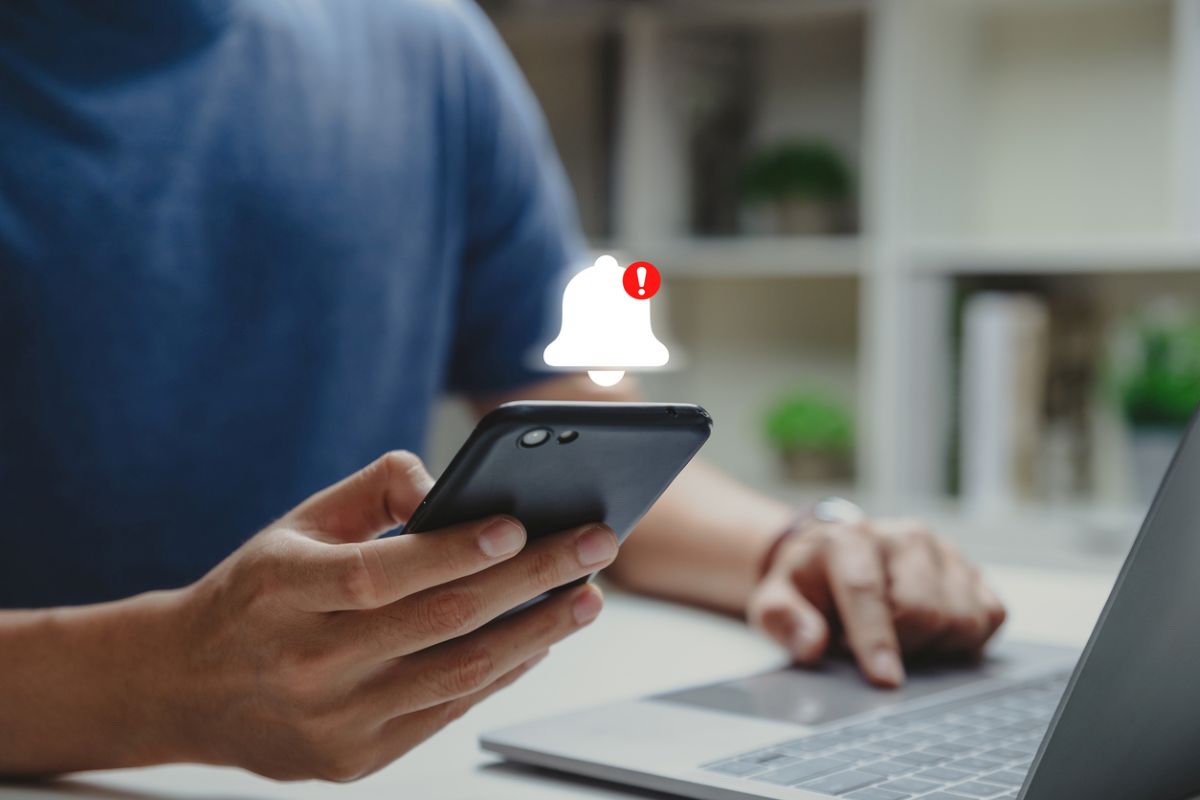How to use a rotary phone: Tips for rotary phone dialing

If you’re what we euphemistically call a “mature” adult, you probably know how to use a rotary phone because there was one in your childhood home—which rang frequently at dinnertime.
But ask a member of the Gen Z or Gen Alpha cohort how to use a rotary phone, and you’re likely to get blank stares. That’s if they even recognize a rotary phone, which doesn’t remotely resemble a smartphone.
Yet since the advent of the telephone, which we typically credit to Alexander Graham Bell, the rotary phone has evolved rapidly. Consider this telephone timeline and history of the dial phone:
- Bell perfects telephone technology in 1876
- To prevent a competitor from undercutting his business, an enterprising undertaker named Almon Strowger invents rotary phone dialing as a way to connect directly, without needing an operator, in 1892
- AT&T installs the first dial telephones in the Bell System in 1919.
That’s an impressive transformation in less than 50 years. After all, life moved a lot more slowly a century ago.
How to use a rotary phone
Watching someone accustomed to today’s technology attempt to use a rotary phone can be quite amusing. Some folks have even created explainer videos for those who would be as flummoxed by a rotary phone as their elders may be trying to navigate a smartphone.
But since retro phones are enjoying a resurgence, it’s a good idea to know how to use a rotary telephone, especially if older relatives or friends still have one.
Here are the basic steps to use an old rotary phone:
Plug the phone cord into a phone jack in the wall, or into an Ooma Telo. Unlike cell phones, which only need to be plugged into an electrical outlet to recharge, a rotary dial telephone must be plugged into a telephone jack in the wall, which connects it to the telephone company you’re using. A rotary phone that isn’t plugged into a phone jack will be a conversation piece—on which you can’t have a conversation. Unless, of course, you have an Ooma Telo, which plugs into your internet router with a hardwired connection. Okay, it’s still a plug, but odds are you have internet service at home!
Lift the handset, also known as the receiver. Rotary phone dialing is the reverse of cell phone technology. Instead of tapping the phone number first, then hitting the button to initiate the call, with a rotary dial telephone you lift the handset first. When you lift the receiver you’ll hear a steady dial tone, which indicates the line is active and ready for you to make a call.
Insert your finger into the numbered hole corresponding to each digit. This is the aspect most likely to confound anyone used to tapping out digits on their smartphone. With a rotary phone, you “dial” each number clockwise until your finger hits the metal stop. You then release the dial, allowing it to return to its starting point, and repeat for the next digit until you’ve dialed the entire number. Yes, it’s a trifle slow and cumbersome, but it’s fun to spin the dial.
The phone will ring. When you reach your party, you can have a conversation just as on any other device. When you’re finished talking, replace the receiver in its cradle. This is how you hang up.
Retro rotary phone grabbed your interest?
If you’ve decided a retro rotary phone is the coolest collectible ever, Ooma has what you crave. When you buy a rotary VoIP phone, it’s the best of both worlds: the Ooma Rotary Phone Bundle offers a classic spin dial phone for timeless conversations, plus you get free home phone service, just pay taxes and fees.
This vintage dial phone will be the talk of your friend group—no pun intended. Maybe everyone will want to buy one. All the grandparents of Gen Z and Gen A will be so pleased. As the saying goes, everything old is new again.



